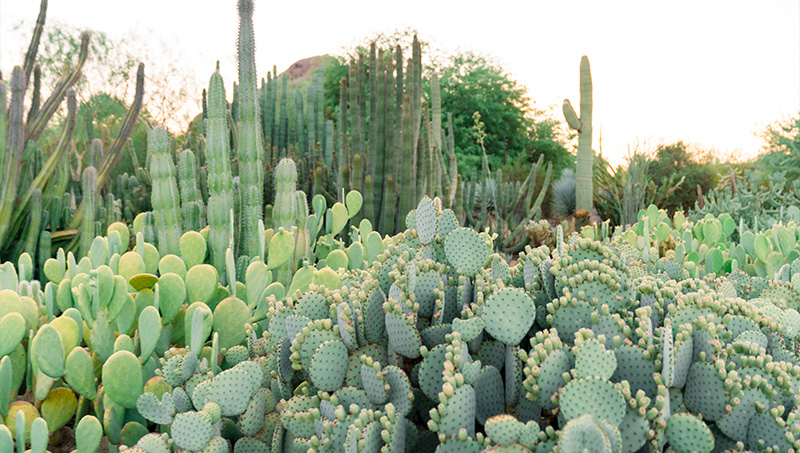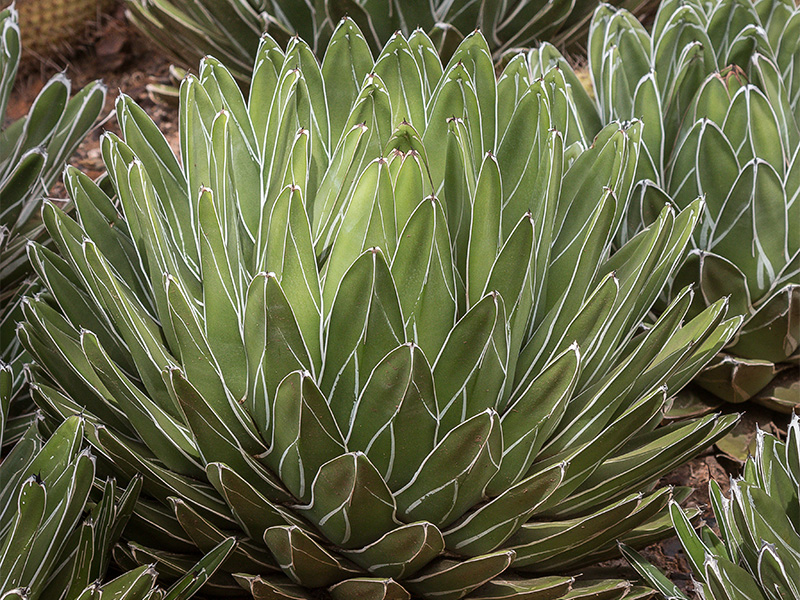A SPECTACULAR WORLD CLASS LIVING COLLECTION
Desert Botanical Garden is home to one of the world’s most spectacular living collections of desert plants. Unusual plants, including giant cactus, century plants and others in a natural setting create a striking visual treat.
CACTACEAE COLLECTION
Designated as The National Collection of Cactaceae by the North American Plant Collections Consortium (NAPCC) now known as Plant Collections Network (PCN) of the American Public Gardens Association (June 2010)
- More than 15,476 accessioned plants
- Over 2/3 of the total number of species in the cactus family are held in the Garden’s collection
- 80 percent of the species in the collection are represented by at least one individual of wild origin, greatly increasing the value of the collection for scientific research, as well as for display and education
- The subfamily Opuntioideae: The Garden features the world’s most complete collection of this group, displaying 208 of the 261 species and varieties recognized
- Other major groups in the collection include Echinocereus, Mammillaria, Coryphantha, Ferocactus and South American Cactus, especially Copiapoa, Eriosyce and Echinopsis

AGAVACEAE COLLECTION
Designated as The National Collection of Agavaceae by the North American Plant Collections Consortium (NAPCC) now known as Plant Collections Network (PCN) of the American Public Gardens Association (June 2010)

- The Garden displays 171 of the 286 known species and varieties in the genus Agave, making this the most prominent agave collection in the United States and perhaps in the world.
- 71 percent of the total taxa in the agave family make up the collection
- More than half of the plants in the collection have known wild provenance and nearly 80 percent of the seeds in the collection are of wild origin, greatly increasing the value of the collection for scientific research, as well as for display and education.
- Other significant collections within the family include Yucca, Furcraea, Hesperaloe, Manfreda and Hersperoyucca.